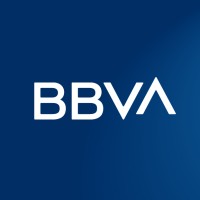
BBVA
At BBVA we are leading the transformation of banking worldwide, united in pursuing our goal of bringing the age of opportunity to everyone. Firmly focused on the future, our on-going digital transformation is already producing disruptive innovations that power our vision of banking. Every one of our 121,486 employees, from branch staff to senior leaders, plays an essential role in giving our 71.5 million customers the cutting edge banking solutions that they deserve. Building on 166 years of history we know the importance of constant development, which is why we place so much confidence in the collaborative working environment that enables our people to grow and excel. If you would like to learn about the culture and opportunities on offer at a company that is leading the way for 21st century banking, head to the ‘Life’ tab to find out more.






